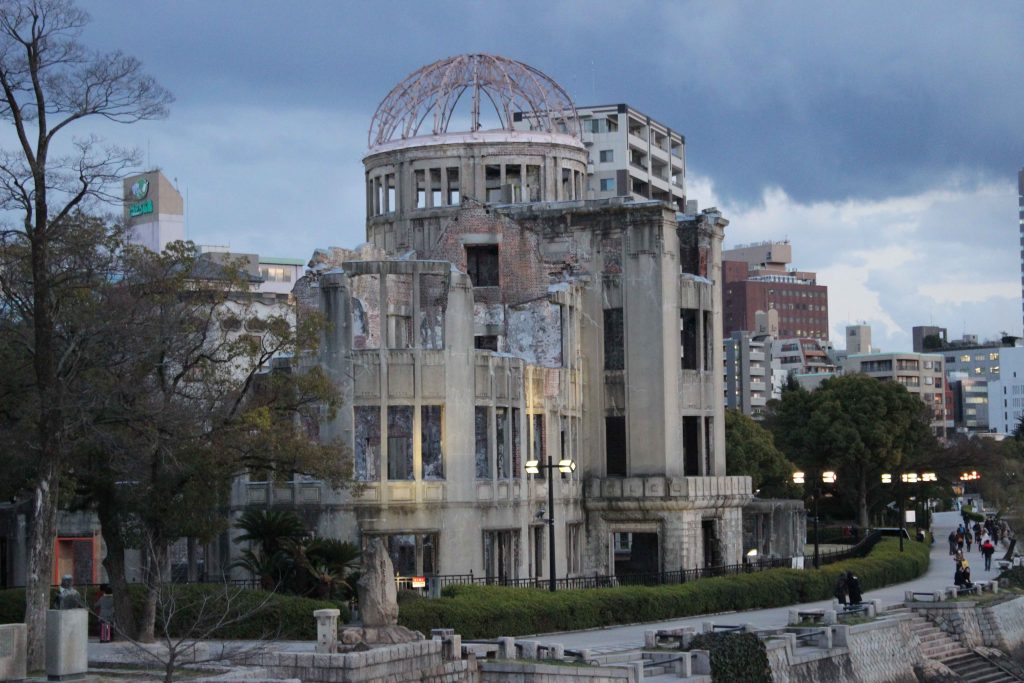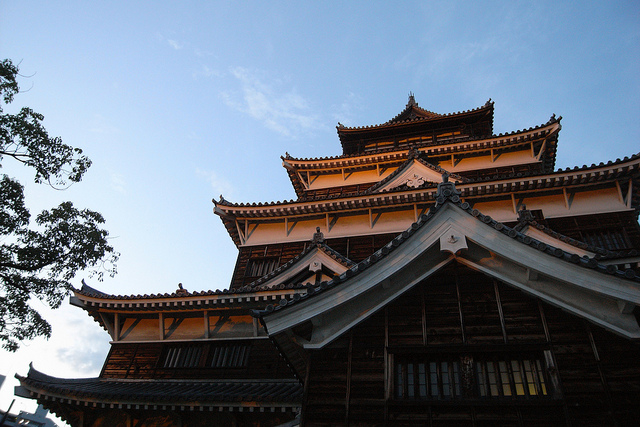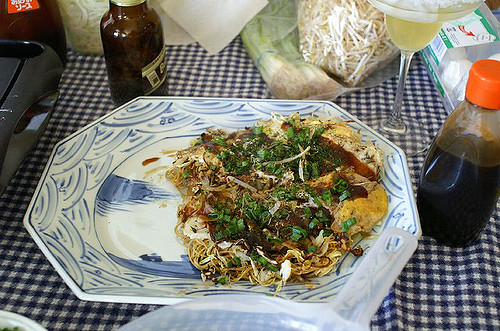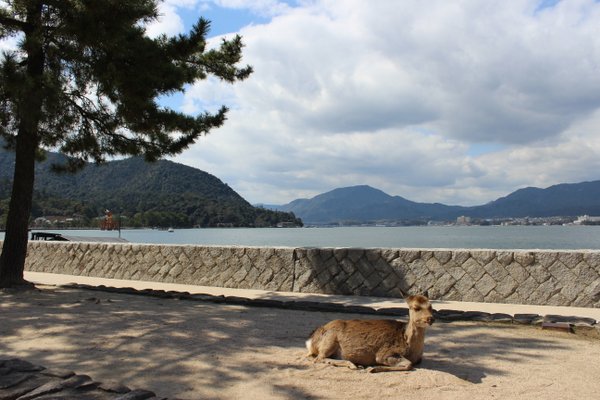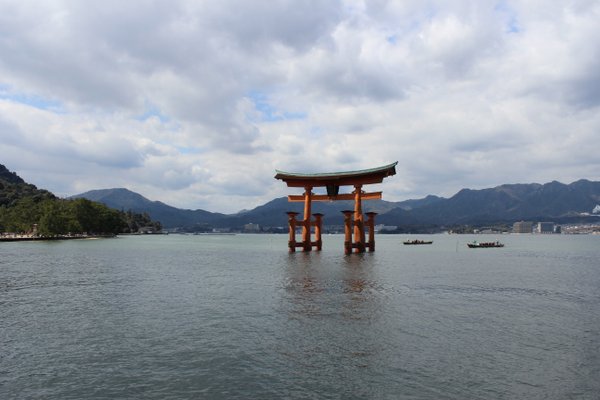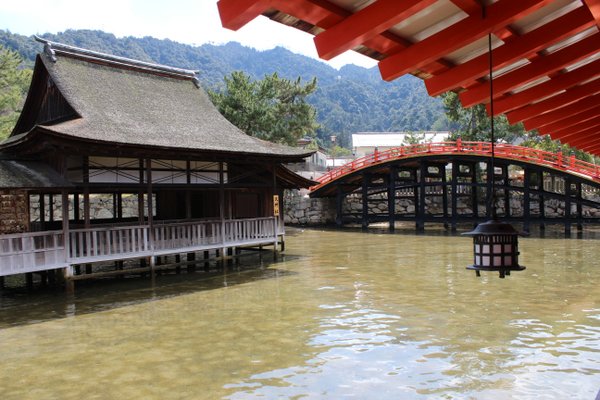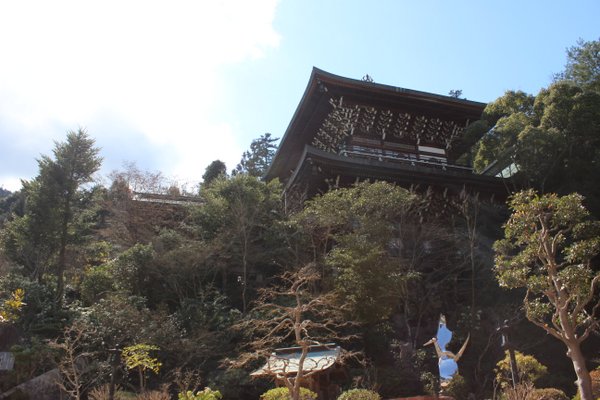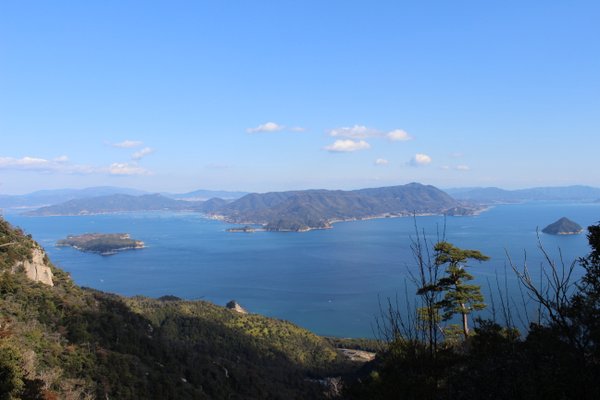Hiroshima and Miyajima Posted by sasha on Feb 23, 2017 in Culture
The city of Hiroshima (広島) has the tragic distinction of being the first ever target of an atomic bomb. Most of the city was destroyed, and the death toll eventually reached over 140,000. These days, Hiroshima is a modern, cosmopolitan city with a population of just over 2 million in the metro area. On a short trip here, you can visit the Peace Memorial, art museums, a castle, and lots more. With an extra day, you can also take a trip over to Miyajima (宮島), the “Shrine Island.”
Hiroshima Peace Park
The Hiroshima Peace Park (広島平和記念公園) is dedicated to the many who lost their lives as a direct or indirect result of the dropping of the atomic bomb. This area was once the busiest part of Hiroshima until that fateful day in 1945. It’s now home to a variety of memorials and museums. Here you’ll find the Atomic Bomb Dome (原爆ドーム). Once the Hiroshima Prefectural Industrial Promotion Hall, it was the only structure left standing near the bomb’s hypocenter. Initially there was much debate about whether or not to tear it down. Ultimately it was decided that the skeletal remains would be preserved to honor the victims, and it is now a UNESCO World Heritage Site.
Inside the park, you’ll also find the Peace Flame. It has burned continuously since it was lit back in 1964, and it will continue to burn until all nuclear weapons are eliminated. There’s also a Memorial Cenotaph with the names of all those killed in the attack. There’s an epitaph on it that reads:
安らかに眠って下さい 過ちは 繰返しませぬから
“Rest in peace, for (we/they) shall not repeat the error.”
The subject was left out of the sentence in order to not politicize the monument. The writer – Professor Tadayoshi Saika – says that it refers to all humanity and that the error is the “evil of war.”
Every year, the park hosts a peace memorial ceremony on August 6th, the day that the bomb was dropped. In the evening, a lantern ceremony (灯籠流し) is held to send off the spirits of the victims. Messages of peace are scrawled on the lanterns, which are sent floating down the river.
Hiroshima Castle
Originally built in the 1590s, the Hiroshima Castle (広島城) was one of thousands of structures that could not withstand the bomb. A replica was rebuilt in 1958, which now functions as a museum detailing the city’s history pre-World War II. It’s a great example of a castle built on a plain in the center of a city, as opposed to many Japanese castles that were constructed on hilltops. More recent renovation efforts have been done using original methods and materials. The view from the top alone is worth the 370 Yen price of admission.
Okonomiyaki
No visit to Hiroshima would be complete without trying the city’s famous okonomiyaki (お好み焼き). The interesting name is a combination of okonomi (how you like) and yaki (grill). It’s best described as a savory pancake layered with cabbage, pork, batter, noodles, green onion, and a fried egg. With upwards of 100 places making it in the city, you’re never too far away from one. It’s a source of pride here, and locals will be quick to tell you why Hiroshima’s version is superior to the ones cooked in Osaka.
Day Trip to Miyajima
While the name of the island is officially Itsukushima (厳島), most refer to it as Miyajima (宮島), meaning the “Shrine Island.” From Hiroshima, take the train or tram down to Miyajimaguchi Ferry Terminal (宮島口) and board a ferry for the quick ride. As soon as you arrive, you’ll probably be greeted by one of the island’s many wild deer, who are allowed to roam freely.
The highlight of a visit here is seeing the Itsukushima Shrine (厳島神社), which the island got its nickname from. At high tide, the torii gate appears to be floating. At low tide, you can walk out to the shrine to take a closer look.
This Shinto shrine is a UNESCO World Heritage Site and a Japanese National Treasure. As described by UNESCO, “The shrine plays on the contrasts in colour and form between mountains and sea and illustrates the Japanese concept of scenic beauty, which combines nature and human creativity.”
The island is also home to a holy mountain, Mt. Misen (弥山). Here you’ll find the temple complex of Daisho-in (大聖院), which is missed by most tourists but is well worth a visit.
If you’re up for it, take a hike up the mountain. It’s not too strenuous, and the views at the top make it well worth the effort. The hike takes about 1-2 hours, or you can take the easy way up and jump on the ropeway.
As you can see, there’s plenty to see and do in Hiroshima and the surrounding area to warrant a trip there. If you purchase a rail pass for your trip to Japan, there’s really no reason not to visit this historic city.

Build vocabulary, practice pronunciation, and more with Transparent Language Online. Available anytime, anywhere, on any device.



